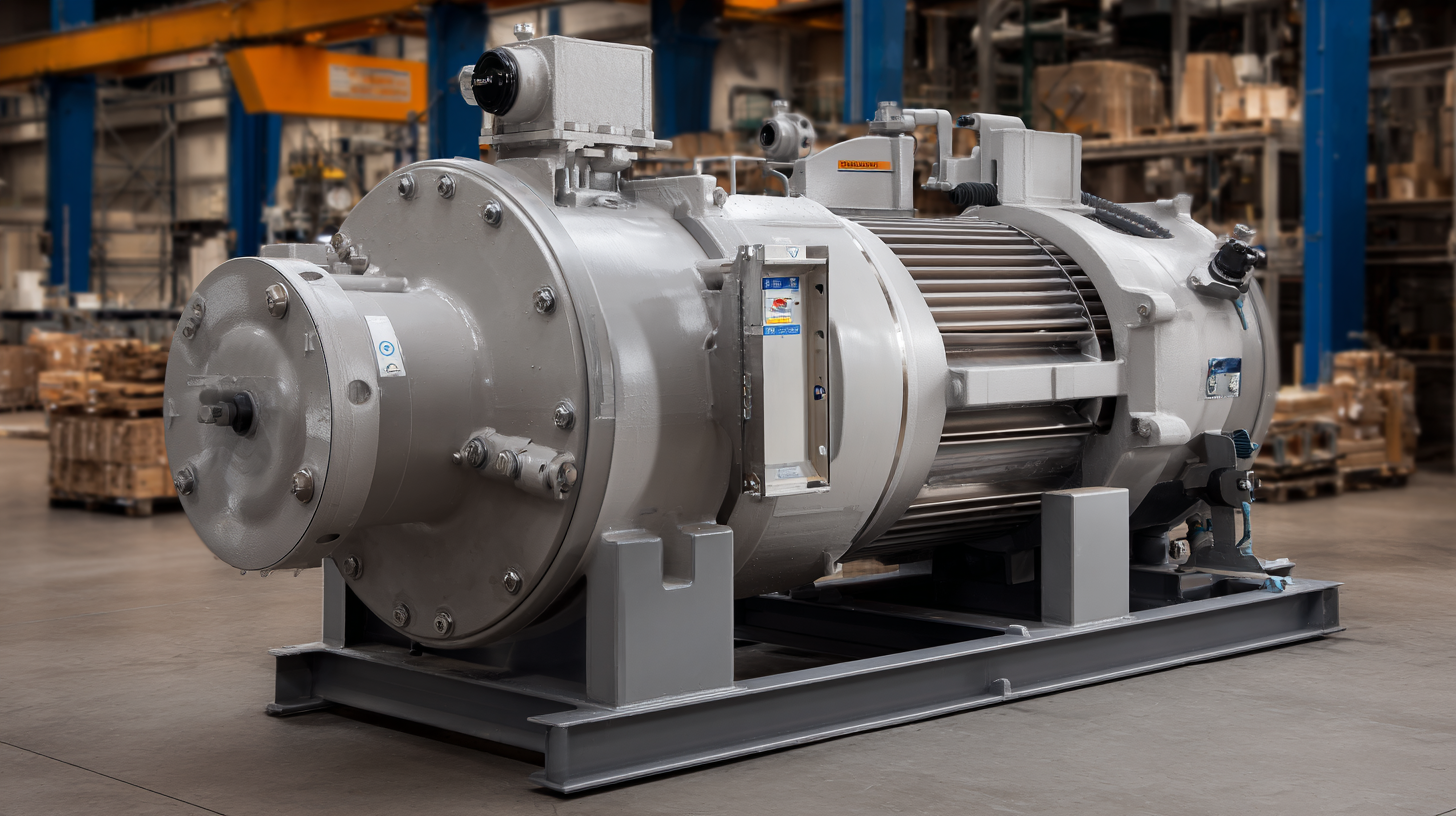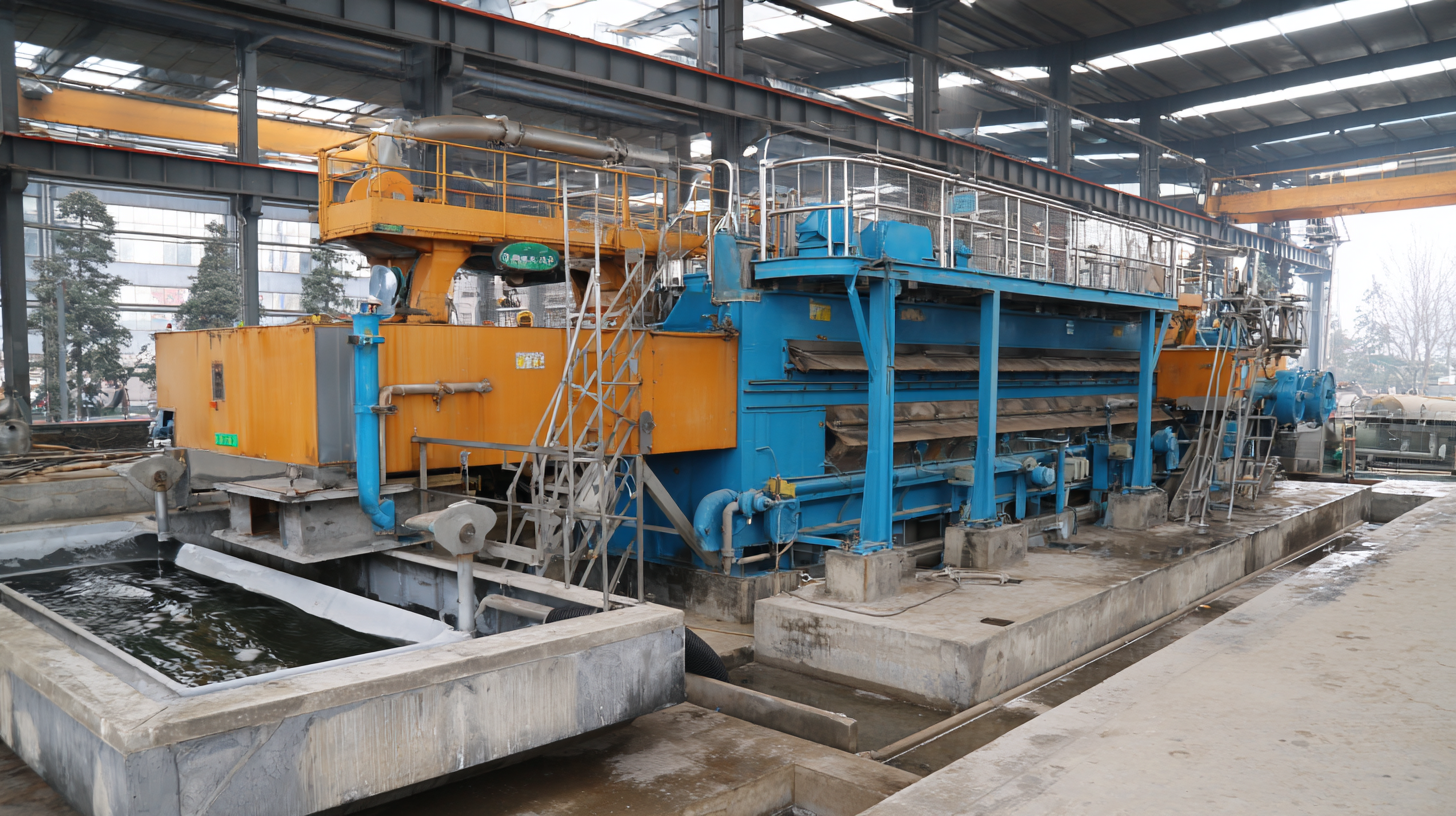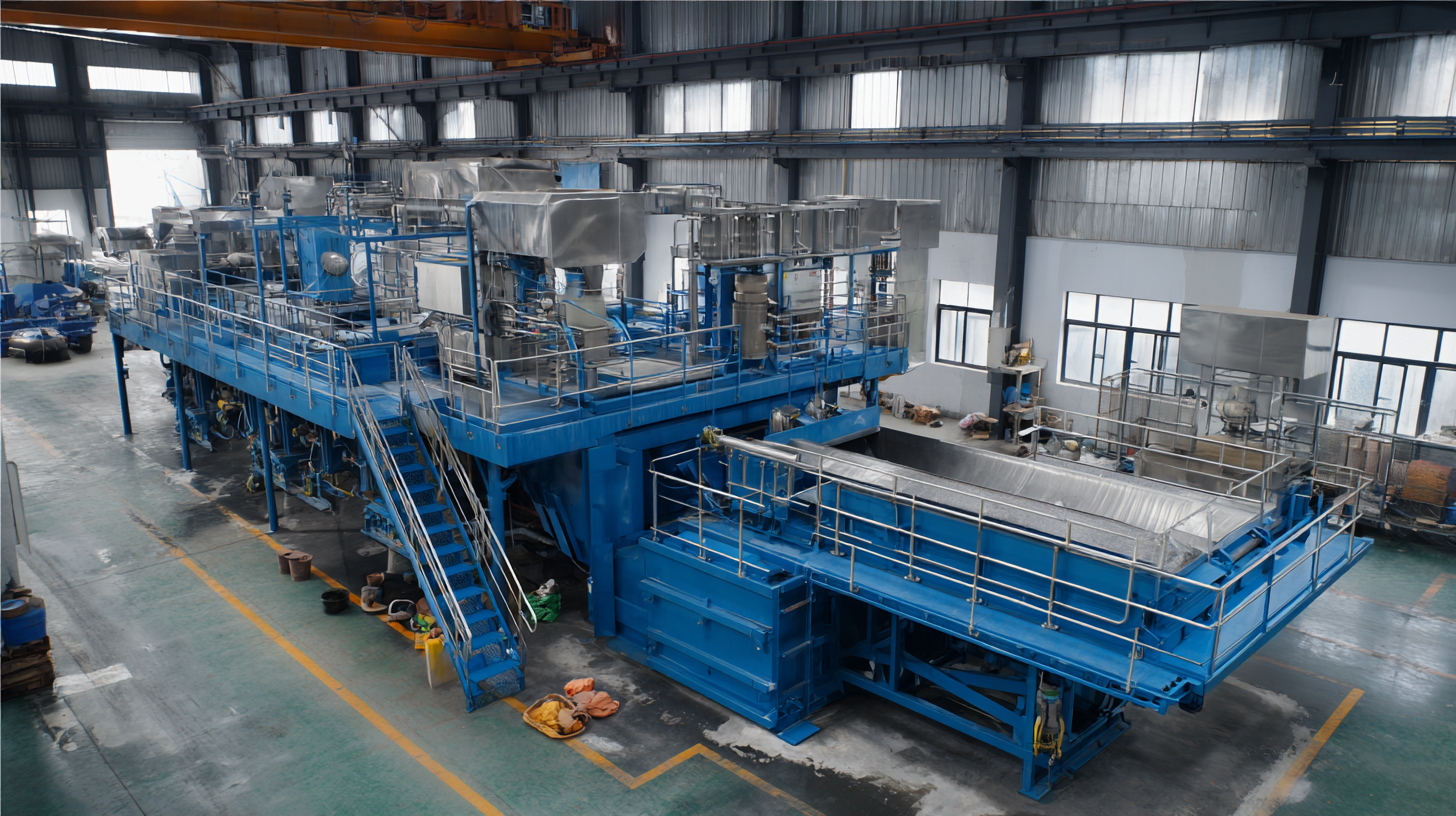 +86 13600513715
+86 13600513715



In the quest for efficient waste management and resource recovery, Screw Press Dewatering has emerged as a vital technology across various industries. This blog delves into the intricacies of industry production standards that govern the effectiveness of screw press systems, exploring the various alternatives available in the market today. As industries increasingly seek sustainable solutions that optimize water removal while minimizing energy consumption, understanding the nuances of these standards becomes imperative. By examining the performance criteria, operational efficiency, and the latest innovations in screw press design, we aim to provide insights into selecting the best dewatering solutions tailored to specific industrial needs. Whether you're involved in agriculture, municipal waste treatment, or food processing, grasping the fundamentals of screw press dewatering will enable you to make informed decisions that drive both performance and sustainability in your operations.

Understanding the industry production standards for screw press dewatering solutions is essential for optimizing performance and efficiency in various applications. The significance of these standards lies in their ability to ensure consistency and reliability across a wide range of dewatering equipment. This includes mechanical devices, centrifuges, belt filter presses, drum filters, and screw presses, each serving different sectors such as municipal wastewater treatment, industrial sludge management, agricultural processing, and mining operations.
Market research indicates robust growth in the dewatering equipment sector, driven by increasing demand for efficient waste management solutions. As industries evolve, adherence to production standards becomes critical. These standards not only enhance product quality but also ensure compliance with environmental regulations, addressing challenges associated with waste disposal and resource recovery. By investing in screw press technologies that meet stringent production criteria, organizations can achieve improved operational efficiency, cost savings, and a reduced environmental footprint, ultimately leading to long-term sustainability in their operations.
Screw press technology has emerged as a transformative solution in wastewater treatment, offering significant advantages in the dewatering process. According to a report by Frost & Sullivan, the global screw press market for dewatering applications is anticipated to grow at a CAGR of over 6% from 2021 to 2026. This growth is largely attributed to the technology's efficiency and reduced operational costs, making it a preferred choice for many industries. These systems can achieve solid retention rates of up to 90%, ensuring a high-quality output that meets industry production standards.

One of the key benefits of screw press technology is its ability to handle a wide variety of materials, including municipal sludge and industrial waste. A study by the Water Environment Federation indicates that screw presses can reduce energy consumption by 40% compared to traditional dewatering methods, such as belt filter presses. Additionally, screw presses require minimal maintenance, resulting in lower long-term operational costs. The robust design of these systems allows them to operate efficiently in various conditions, solidifying their position as a sustainable solution in the field of wastewater treatment.
Screw press dewatering has emerged as a leading solution for solid-liquid separation in various industries, particularly in wastewater treatment and food processing. A comparative analysis reveals significant advantages over traditional dewatering methods, such as centrifugation and belt press systems. According to a 2022 report by the International Water Association, screw presses can achieve dry solids content of up to 25%, which is notably higher than the 15-20% typically achieved by traditional methods. This enhanced efficiency not only reduces disposal costs but also maximizes resource recovery.
Moreover, screw press technology requires fewer operating parts and has lower energy consumption, making it a more sustainable option. A study by the Environmental Protection Agency highlighted that screw presses consume 30% less energy than their centrifugal counterparts while maintaining similar throughput rates. This reduction in energy use contributes to a lower carbon footprint, aligning with sustainability goals increasingly prioritized by industries today. As companies strive to adopt greener practices, transitioning to screw press dewatering systems could provide both economic and environmental benefits.
The implementation of screw press systems has proven to be a game-changer in various industries, enhancing efficiency in dewatering operations. Notable case studies demonstrate this success, showcasing how companies have tailored screw press solutions to meet their specific needs. For instance, a food processing plant managed to reduce waste volume significantly, leading to reduced disposal costs while adhering to industry production standards.
One crucial tip for successful implementation is to conduct a thorough needs assessment before selecting a screw press system. Understanding the specific requirements of your operational environment can help in choosing the right model—whether it's for agriculture, food processing, or wastewater treatment. Each industry has unique dewatering challenges, and a tailored approach can yield better results.
Additionally, continuous monitoring and maintenance of the screw press systems can ensure long-term efficiency and reliability. Establish a routine schedule for performance checks and adjustments to address wear and tear. This proactive strategy not only extends the life of the equipment but also ensures consistent output quality across operations. By learning from these case studies and applying these tips, industries can maximize the benefits of screw press technology.
As industries strive for greater efficiency and sustainability, the future of screw press technology is set to evolve significantly. Recent reports indicate that the screw press market is projected to grow at a CAGR of 6.5% through 2027, driven by advancements in automation and material science. This growth underscores the urgent need for industries to adopt updated production standards that ensure maximum performance and compliance with environmental regulations.
Tips: Invest in equipment with integrated monitoring systems to track performance and optimize operations. Such technologies not only enhance efficiency but also provide valuable data for adherence to industry standards.
Moreover, emerging trends show a rising interest in energy-efficient designs and the use of eco-friendly materials in the manufacturing of screw presses. For instance, a report from the International Water Association highlights that adopting high-efficiency screw presses can reduce energy consumption by up to 30%, making them a more sustainable option for wastewater treatment.
Tips: Consider collaborating with manufacturers who prioritize sustainability and offer innovative solutions tailored to your industry’s needs. Focusing on these advancements will not only improve operational performance but also contribute to a greener future.

